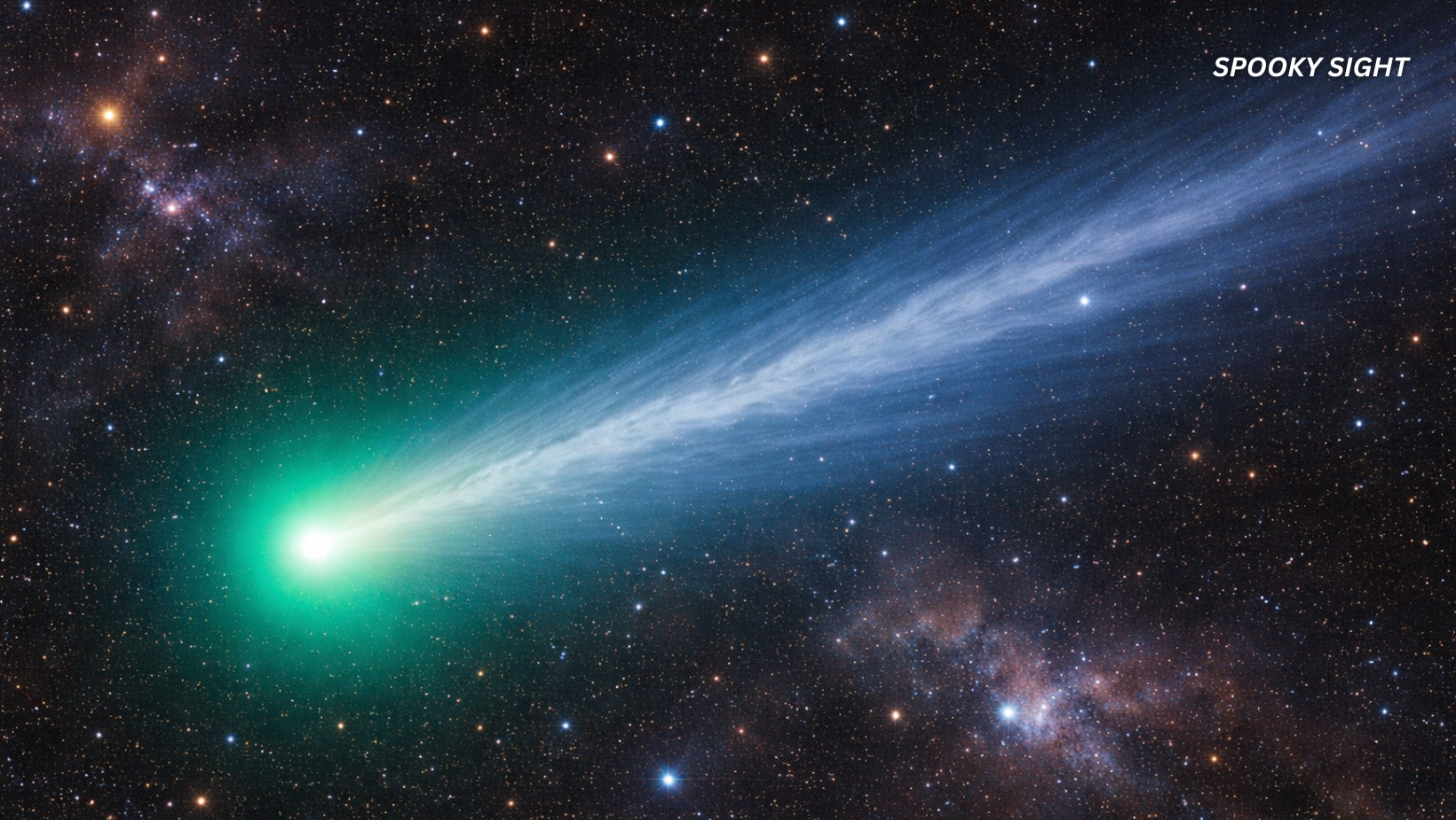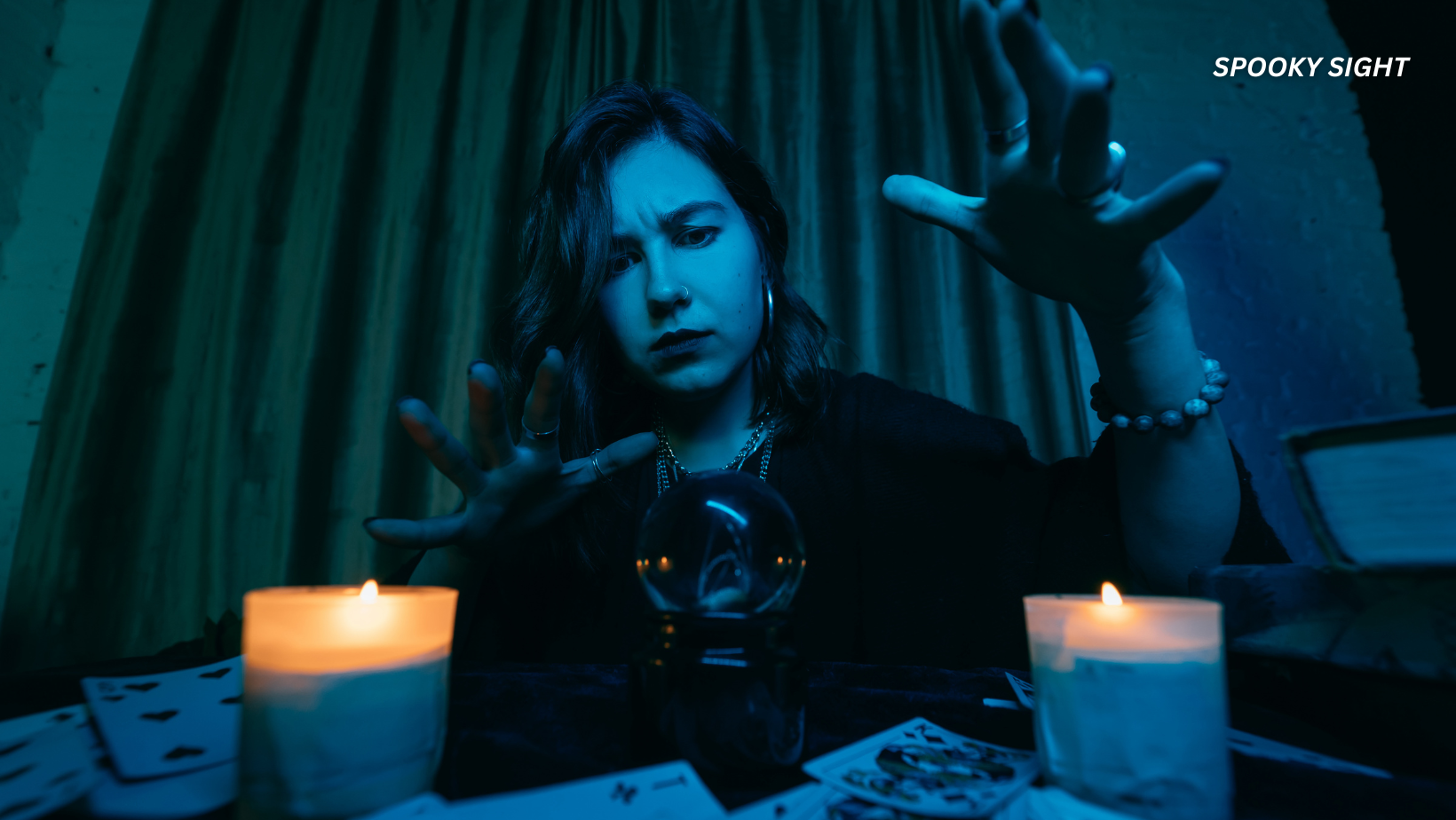A peculiar and enigmatic artifact continues to puzzle archaeologists—the Roman dodecahedron. Characterized by its hollow center, twelve pentagonal sides, and uncertain purpose, this mysterious object remains one of the most perplexing discoveries from antiquity. Unlike personal grooming tools or objects of leisure, these artifacts seem to have served a different, yet still undefined, function. Only 33 of them have been unearthed within the remnants of Roman Britain.
A Significant New Discovery
The artifact’s discovery is particularly significant due to its exceptional size and craftsmanship, setting it apart from other known examples. The Norton Disney Dodecahedron is one of the largest specimens ever found, demonstrating an advanced level of metallurgy and design. Its precise geometric construction suggests that it was created by highly skilled artisans, making it a valuable piece in understanding Roman-era metalworking techniques.
The find has also drawn considerable attention due to its location. While Roman dodecahedrons have been predominantly discovered in regions near the Alps—such as modern-day France and Germany—this artifact’s presence in the Midlands offers new insights into the reach of Roman influence in Britain. It may indicate that such objects were not confined to a specific cultural or religious group but instead had a wider significance across various Roman provinces.
Scholars believe the Norton Disney Dodecahedron may offer clues about trade routes, cultural exchanges, or even localized practices that differed from those in mainland Europe. Given its placement in a Roman pit alongside pottery, there is speculation that the artifact was intentionally buried, possibly as part of a ritual or offering. The deliberate positioning of the object suggests that it held importance to those who placed it there, reinforcing theories of its potential use in ceremonial or mystical practices.
The artifact’s discovery has not only reignited interest in Roman dodecahedrons but has also encouraged further archaeological efforts in the region. With ongoing research and analysis, experts hope to uncover additional details that may provide a clearer understanding of the object’s purpose and significance in ancient Roman society.
Read more: Scientists Are Investigating Puzzling Underground ‘Anomaly’ Near the Giza Pyramids
Unearthed in a Roman Pit
The object was located in June 2023 by a team of amateur archaeologists. It was carefully positioned among the ruins of a Roman pit, found in association with pottery from the 4th century CE. The precise function of this pit remains uncertain, and further excavation is required to fully understand its purpose.
A Masterpiece of Craftsmanship
The artifact itself is made of cast bronze and exhibits an impressive level of craftsmanship. Roughly the size of a clenched fist, it features twelve pentagonal faces, each containing a circular hole of varying sizes. Additionally, all twenty corners of the dodecahedron are adorned with small, rounded knobs. Measuring approximately three inches in height and weighing around half a pound, it stands as one of the largest Roman dodecahedrons ever discovered.
Composition and Regional Significance
Analysis conducted by the Norton Disney History and Archaeology Group has classified the object as a copper alloy, composed of 75% copper, 7% tin, and 18% lead. Notably, it is the only example of such an object to have been found in England’s Midlands.
Expert Opinions on the Artifact
Lorena Hitchens, a specialist in Roman dodecahedrons, examined the artifact and described it as an exceptionally well-crafted example. Preliminary dating places its creation between 43 and 410 CE, during the later Roman period. Despite its extraordinary craftsmanship, the precise function of the dodecahedron remains an enigma.
Theories on Its Purpose
“The possibilities are endless when considering what the Romans might have used it for. Whether it played a role in rituals, magic, or religious practices, its true purpose may forever remain unknown,” stated Richard Parker, secretary of the Norton Disney History and Archaeology Group, in an interview with the BBC.
Curiously, Roman texts make no reference to dodecahedrons, nor do they feature illustrations of them. Their non-standardized size suggests they were not intended for measurement, and the absence of wear marks indicates they were unlikely to have been used as tools. The level of precision and effort invested in creating the artifact suggests it was not intended for everyday tasks, particularly given the availability of more practical materials for mundane uses.
Read more: Underwater Robot Captures A Sunken Container, Researchers Turn Pale When They Open It
Similar Discoveries Across the Roman World
Across the broader Roman world, approximately 130 dodecahedrons have been found, with most discoveries occurring in the northwestern provinces near the Alps, in regions that are now France and Germany. Within Britain, 33 examples have been unearthed, including one near a mounted horseman deity statue discovered in 1989.
A Connection to Superstition?
The Norton Disney History and Archaeology Group has proposed a working theory that these objects may have been linked to religious or superstitious practices. The influence of superstition permeated Roman society, shaping various aspects of daily life. However, more research is necessary to substantiate this hypothesis.
Many Roman customs and beliefs were deeply tied to omens, rituals, and mystical practices. Certain objects were believed to possess supernatural powers, serving as protective charms, divination tools, or items used in ceremonies. Some scholars suggest that dodecahedrons may have played a role in fortune-telling or astrology, with their unique geometric shape being significant in mystical calculations. Others speculate that they were used in religious rites, possibly as sacred symbols or objects for invoking divine favor.
The placement of the Norton Disney Dodecahedron in a pit containing Roman pottery could suggest a ritualistic burial, aligning with the idea that the object held spiritual importance. Roman Britain was home to a blend of indigenous and Roman religious traditions, and artifacts like this may have been central to hybridized local beliefs. Some researchers even propose that these objects functioned as teaching aids in philosophical or esoteric traditions, though concrete evidence remains elusive.
As the study of ancient superstition and spiritual practices continues, the Norton Disney Dodecahedron serves as an important piece of the puzzle. Ongoing research may eventually help uncover whether these objects were used for magical or religious purposes—or if they served an entirely different function yet to be realized.
Read more: Scientists Have Discovered A Mysterious ‘Golden Orb’ at the Bottom of the Ocean
Future Excavations
Plans are already in place for further exploration of the site where the dodecahedron was found. The excavation team intends to resume their investigations later this year, hoping to uncover additional clues that may shed light on this captivating mystery from the ancient world.
Excavators plan to carefully analyze the stratigraphy of the site, aiming to determine whether the pit was a ritual deposit, a refuse dump, or served another function. Advanced ground-penetrating radar techniques and soil analysis will be utilized to assess any hidden structures or artifacts nearby. Researchers also hope to recover additional fragments of pottery, metalwork, or organic remains that could provide further context for the dodecahedron’s placement.
Additionally, the Norton Disney History and Archaeology Group intends to collaborate with specialists in Roman religion and metallurgy to explore potential symbolic or practical applications of the object. Comparative studies with similar dodecahedrons found across Europe may offer insights into regional variations in their use. The findings from these investigations could contribute significantly to the broader understanding of Roman Britain and its cultural and religious influences.
Featured image: Scientific American, Phil Crow/Alamy Stock Photo (Edited by Spooky Sight.)









